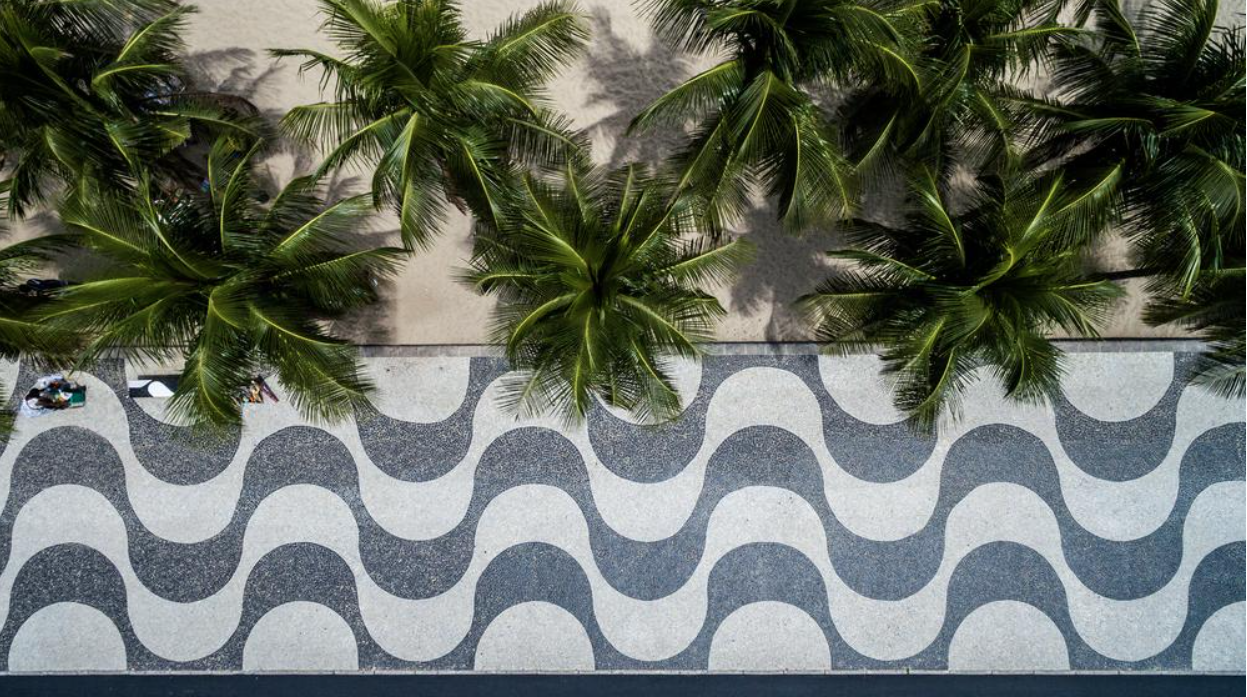You might construct the most uniquely beautiful residential building in your neighborhood — but if the surrounding landscape is bare dirt, your property is bound to be ignored. Too often, landscape architecture is undervalued in home renovations. Though the history of landscape design is shorter than the long legacy of building architecture, you might review the following influential landscape architects and their innovations in the field before you begin redesigning your exterior spaces.
First, a Note on Landscape Architecture
You might already understand the difference between an architect and an interior designer: One imagines the structure of a building while the other envisions the details of the interior décor. Both are essential for creating a secure, unique and gorgeous living space.
The world of landscapes is slightly different. Landscape designers include a wide array of professionals tasked with transforming outdoor spaces into visually appealing and usable areas. Typically, landscape architects are landscape designers granted the responsibility of largescale projects, like public parks and squares.
Most of the following famous names in landscape design are some of the best in history, and as such, their most notable projects tend to be big and beautiful. Still, you can take inspiration from their designs and adapt their ideas on a smaller scale in your residential outdoor space.
Andre Le Notre
One of the earliest memorable figures in landscape design, Andre Le Notre helped define the French formal garden style. Le Notre built structure and geometry into the paths and greenery of his gardens, allowing for fantastical views over the gardens and exciting journeys through them. The gardens of Versailles are perhaps his best-known work, though many of France’s most famous palaces feature Le Notre’s designs. If you appreciate a formal and glamorous aesthetic, you might take inspiration from Le Notre’s gardens.
Capability Brown
Lancelot Brown, better known by his nickname “Capability,” pioneered the naturalistic style in landscape architecture. While most gardens during his time followed in Le Notre’s footsteps, with manmade symmetry and strict geometric shapes, Brown favored irregular shapes as one would see in natural spaces. With vast rolling hills of grass and asymmetrical bodies of water, Brown’s designs became the foundation of the English garden style, and his work has been preserved to this day in Kew Gardens and Blenheim Palace Park. You might consider how a more naturalistic style would bring serenity to your outdoor spaces, especially if you have a large yard to work with.
Frederick Law Olmstead
The father of American landscape architecture, Frederick Law Olmstead designed countless parks in urban environments throughout the Northeast. Olmstead believed that natural-seeming environments were both the healthiest for mind and body and the most beautiful; thus, his most famous design, Central Park in New York City, looks and feels like an almost untouched tract of wilderness. In fact, Olmstead’s ethos was so persuasive that he is credited with early natural preservation efforts that have allowed America’s beauty to shine. In your landscape design, you might consider utilizing the flora indigenous to your regional environment.
Gertrude Jekyll
Among the first and still one of the precious few female landscape architects, Gertrude Jekyll worked primarily in theory, publishing countless papers and books on her research into the art and composition of landscapes. Jekyll was prominent in the Arts and Crafts movement, which saw a resurgence of décor inside and outside the home. Though few of Jekyll’s real-world gardens have been preserved, her style of incorporating a variety of plants to add visual interest through texture has remained popular amongst landscape designers today. You might explore how you can bring more decoration to your outdoor environments, perhaps by integrating outdoor ceiling fans, firepits or a large number of container plants along your patio.
Roberto Burle Marx
One of the few world-famous landscape architects operating outside of Europe and the U.S., Roberto Burle Marx was a Brazilian renaissance man who combined his talents to produce some of the loveliest gardens in South America. Taking inspiration from his studies of Botany, Marx incorporated asymmetry and color into his landscape designs, transforming his outdoor spaces into works of abstract art. If you appreciate a modern look, you might consider utilizing the forms made famous by Marx in spaces like Copacabana Beach.
Your home renovation is not complete without an outdoor space to match. Whether you have little more than a patio or a sprawling acreage to design, you can look to some of the most beautiful gardens and parks to inspire your residential landscape today.


